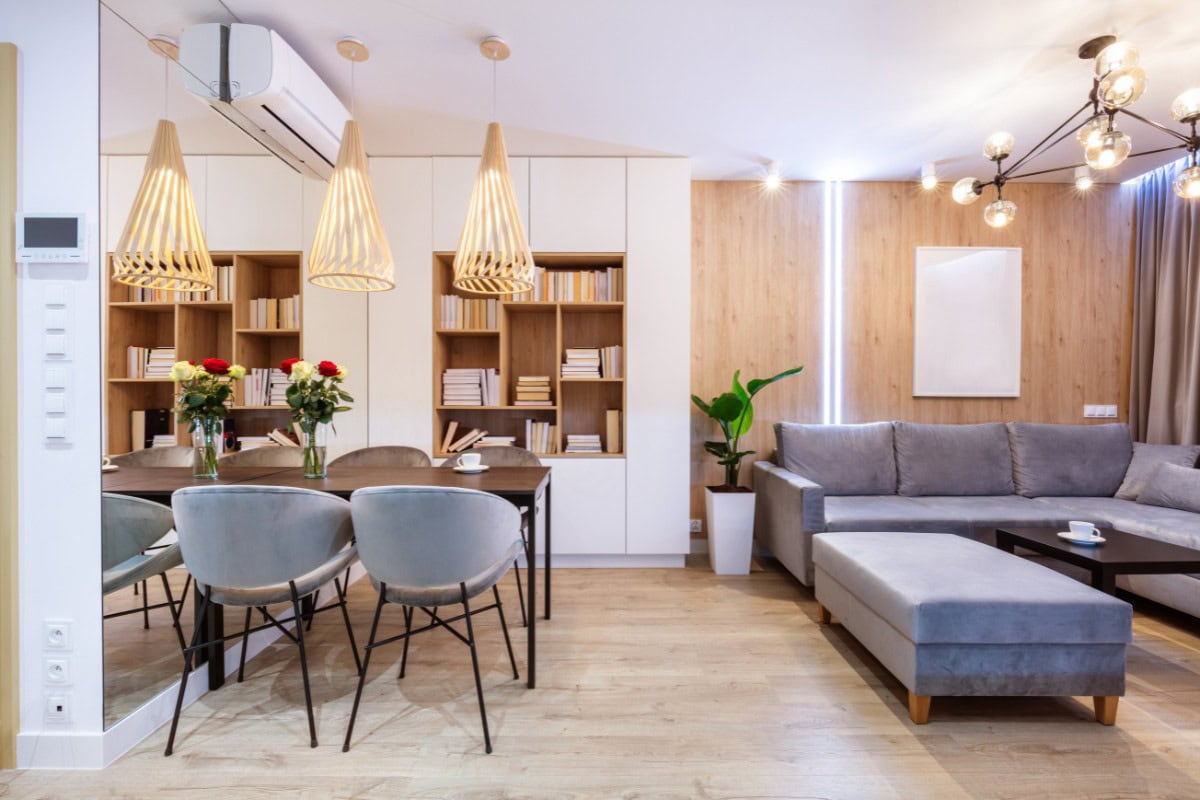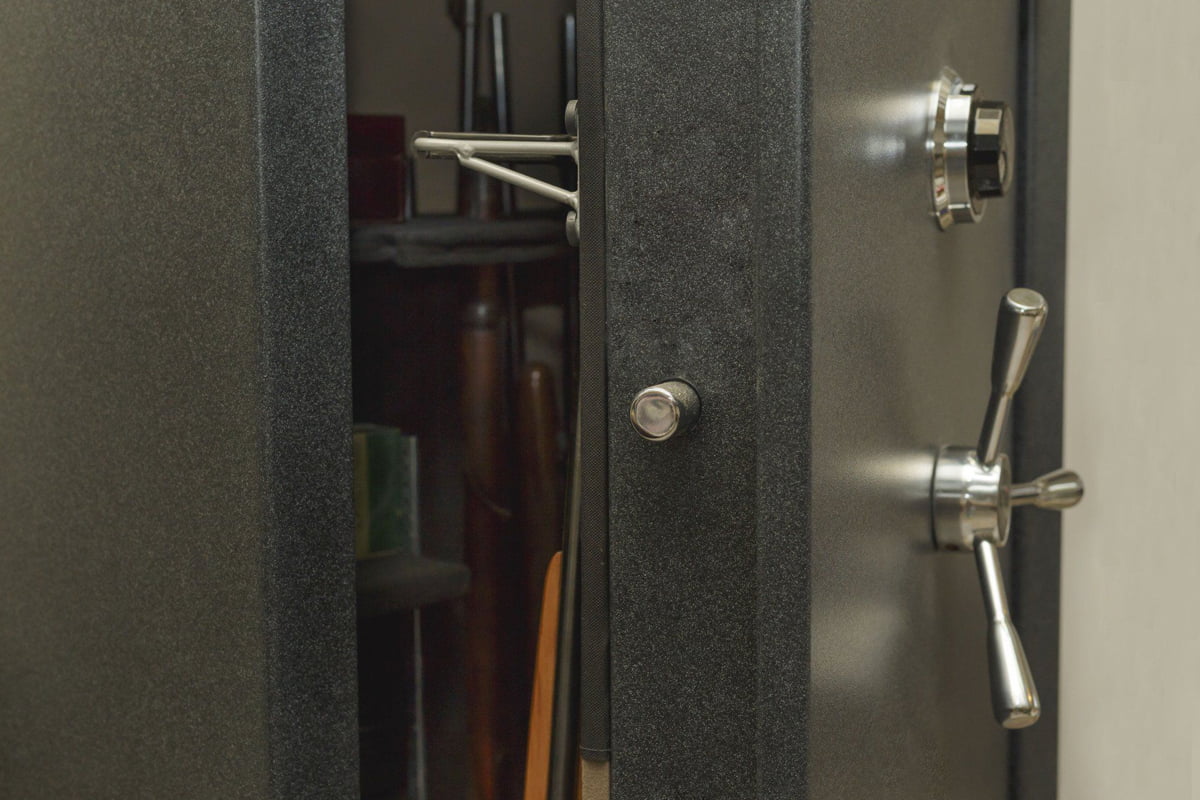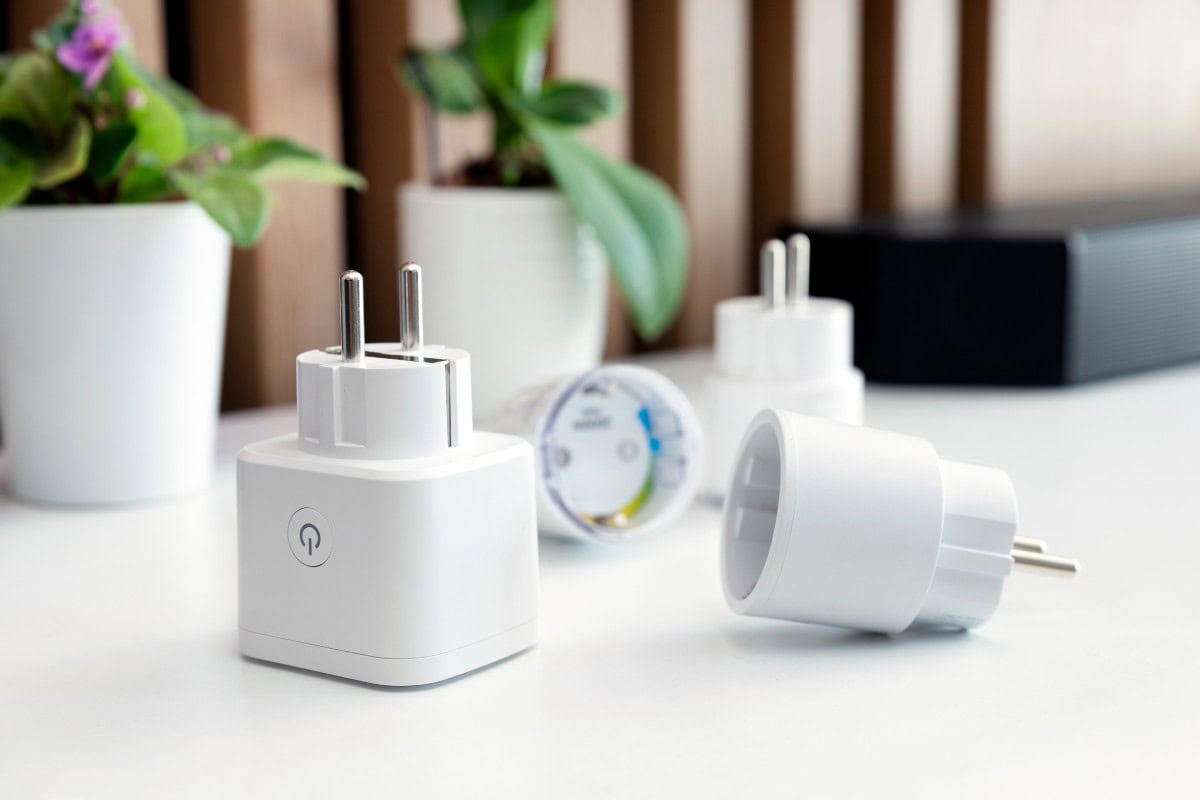As individuals or as a family, you probably spend more waking hours in your living room than in any other room in the house. It’s a place to relax, to come together, to get work done, to entertain guests, and to display some of your favorite things.
Many living rooms are lit as though they only have a single purpose, when in reality, it is the most multipurpose room in your home. Perhaps your lights are set up only for watching TV. Others might have their rooms set up only for reading. This limited lighting does not allow for a full range of activities in the room and can lead to frustration.
With this in mind, we are presenting you with this complete guide to living room lighting. The guide contains everything you will need to know to draw up your own living room lighting plan. Let’s get started on your redesign.
Why Living Room Lighting is So Important
Your living room essentially acts as a combination of all other rooms in your home. Like your bedroom, it can be used for lounging, relaxation, and napping. Like your kitchen, it can be used to entertain guests or to provide a quiet space to gradually wake up with your morning coffee. Like an office, you may find yourself completing your taxes in your living room or helping your kids with their homework. Like a basement or dining room, you may have display cases, hutches, or portraits that you want to show off.
Essentially, the living room is a room of possibilities. Each function the space takes on will require a different type of lighting. The bright, direct task lighting you use when reading a book may cause a harsh glare on the TV. Likewise, having only an on/off option for a single overhead light or floor lamp does not offer adequate lighting for most tasks.
You can get very creative with living room lighting. In fact, this might be the best room to personalize with color-changing lights, sound-reactive LEDs, dimmer switches, electric fireplaces, and accent lighting.
Layers of Light in the Living Room
Just like any other room in your home, the living room will benefit from having multiple light layers. This gives you options and a greater sense of control over the light level in the room. Let’s take a look at some of the ways each layer might be provided.
Ambient Light in the Living Room
Ambient light is considered the “base” layer. This is meant to provide a comfortable level of illumination throughout the entire room for visibility and safety. Ambient light may be provided from an overhead fixture, floor lamp, table lamp, track lighting, recessed lighting, or wall sconces.
The ideal ambient lighting solution will throw light all throughout the room, leaving as few dark corners or shadowy areas as possible. Shadows can be corrected with additional light sources or by adding different layers of light to the room. More on that in a moment.
Remember to be mindful of “uplighting” versus “downlighting.” Uplighting may issue from a lamp or sconce, with the light beams mainly reflected up toward the ceiling. This is a good option, but it may leave parts of the floor difficult to see. That can become a safety issue. Downlighting can be provided by overhead lights, lamps, or sconces and mainly reflects light down toward the floor. A combination of uplighting and downlighting is best for most living rooms.
Task Lighting in the Living Room
There are many tasks that you might perform in the living room, and each one requires a bit of bright, focused lighting to provide adequate visibility.
The most often cited task in the living room is reading. Task lighting for reading can come in the form of pendant lights, floor lamps with swing arms, or perhaps table lamps positioned appropriately. Task lighting should be brighter than the ambient lighting in the room.
Other tasks that might be completed in the living room include crafts such as sewing or knitting, “desk work” such as writing checks or completing homework, and cleaning. In each case, extra visibility will make the task easier, and make the space more efficient.
Accent Lighting in the Living Room
Accent lighting is typically the brightest of the three lighting layers. Because accent lighting is only intended to illuminate a small area, the brightness of the light should not affect the overall ambient lighting.
Good uses for accent lighting in the living room include picture lights (small light fixtures that shine upwards or downwards directly onto a picture), spotlights to draw the eye to a focal point, or lighted display cases.
Modern Lighting Options for the Living Room
LED and smart home technology is now more affordable than ever. The living room is one of the easiest rooms in which to incorporate all of this new tech seamlessly. Here are a few ideas for how you could go a step further with your lighting layout.
LED Strips
LED strip lighting can be put to excellent use all throughout the living room. You can add strips to shelving or cabinets, place strips along the floor, light up the underside of your coffee table, or create an entire light show around your entertainment center.
Strip lighting is very convenient because it can be cut to fit nearly any project you’re taking on. Be sure to measure your project first, and make sure that the strips you buy have cut points that correspond with your measurements.
LED Pucks
These bright, individual lights can be an excellent source of task lighting. These are typically very easy to install and will either plug directly into the wall or into a battery-operated power source. Neither strip lights nor pucks necessarily require hard-wiring. They are both very DIY friendly projects.
Color Changing Lights
Want to create a particular mood in your living room? You can do it with colored lighting. Many LED lights are available in a color-changing variety, meaning you will not have to run around switching out light bulbs to get the look and feel you’re going for. You will simply use a remote to select the color you want. Perhaps a soft blue or green glow can emit from the edges of the room while you are watching a movie.
Dimmers
LED lights can be put on a dimmer switch. Just be sure that the bulbs you are selecting are compatible with the dimmer switch you are selecting. Otherwise, there should be no problem. Being able to adjust the light level in the room with a dimmer switch can add a whole new level of versatility.
Audio-Responsive Lights
This is a really cool bit of tech that can be put to great use in an entertainment center. Imagine if the LED lights behind your TV got a bit brighter, or changed color in response to explosions and loud noises in a movie. What if the light automatically dimmed during especially quiet scenes, drawing your focus more toward the screen?
Pre-programmed Light “Recipes”
If you are going with LEDs as part of your redesign plan, you can pre-program certain light “recipes” for your living room. You will use a smartphone app or a remote to select activities such as reading, movie watching, napping, etc., and the lights in the room will automatically switch to your pre-programmed preferences.
Smart Home Hub
Systems like Amazon’s Alexa, Google Home, and Apple Home have made it easier than ever to integrate smart technology into your home. These systems will allow you to activate your living room lights through voice commands, or through an app. Depending on the type of lights you buy, and the type of smart home system you choose to purchase, you may also have remote access. You could turn your lights on while you are away on vacation, or make sure they are turned off after you arrive at work.
Living Room Light Temperature
When shopping for light bulbs, you will see references to something called “light temperature.” This refers to the color of the light in the room. Light with a very low temperature (less than 1000 K) would appear orange or red, while light at the other end of the spectrum (10,000 K) would appear more like blue sky at midday.
For ambient lighting in the living room, you probably want to stick with what we call the “soft white” lighting range. Select bulbs anywhere between 2700 K and 3000 K. Anything with a higher temperature may seem overly harsh, and anything with a lower temperature may seem overly yellow.
When it comes to task lighting, look for temperatures between 3100 K and 4000 K. This will be a brighter, white light that will stand out and provide better visibility on top of the ambient light layer.
Accent lighting is usually somewhere between 4500 K and 6000 K. Of course, that can vary by personal preference. Accent lighting is the brightest light layer in the room, and should stand out very brightly among the other layers. Remember, accent lighting should only be aimed at specific focal points.
Lighting Challenges in Living Rooms
Living rooms benefit greatly from being properly lit, but in order to accomplish that, you may need to deal with a few challenges. Here are the three most common obstacles you might encounter when designing your new lighting layout.
Glare
Glare can result from many things. Perhaps a lamp that is improperly positioned, overly harsh light temperature, or even natural daylight making its way into the room.
Begin by addressing daylight with shades, blinds, or curtains. These can be adjusted throughout the day to control the amount of natural light in the room. Next, address lamp positioning and light temperature to make sure there are no areas in the room where glare becomes a problem.
Finally, glare may simply be a problem with your lampshade. Try using a different shade which diffuses the light better and reduces glare.
Shadows
Large pieces of furniture, such as entertainment centers, hutches, shelves, etc., can cast large shadows. Check to make sure you are not creating darkened areas. These can usually be alleviated simply by moving the light source or adding an additional lamp or fixture.
Renovation Limitations
If you are renting your home and can therefore not punch holes into the walls or ceilings, look into clever alternatives. For instance, floor lamps with three-way bulbs do a great job of providing the ambient layer for your living room. You can also look into workarounds such as swag lamps, LED strips, or other non-permanent fixtures.
Alternative and Creative Sources of Light
There are a few creative or unconventional sources of light you can use in your living room.
Mirrors
Strategic placement can bounce light around the room, and help illuminate shadowy areas. They can also help the room appear larger.
Fire
If your living room comes equipped with a fireplace, do not overlook fire (either wood fire or gas fire) as a lighting source. Additionally, consider electric fireplaces – these are great for getting the same aura as a natural fireplace.
Candles
If you’re not comfortable with open flames, consider electronic flameless candles as an additional light source.
Skylights
If your living room has direct access to the roof, skylights can add a lot of beautiful natural light to the room. Remote-controlled shades allow you to adjust the light level.
Mistakes to Avoid
When finalizing your new Living Room lighting plan, remember to watch out for these pitfalls.
Not Layering Lights
This is your big chance to make your living room work for you. Remember: ambient lighting, task lighting, and accent lighting. You need all three.
Limiting Your Options
You have the chance to take your capability beyond the simple on/off switch. Dimmers, timers, motion sensors, color changing, and smart home compatibility are all affordable and widely available options. Take advantage.
Treating the Living Room as a Single Purpose Room
You do more in this room than in any other room of the house. Make sure you have appropriate lighting for entertaining, movie watching, reading, napping, and everything else that happens in your living room.
Avoiding Updated Tech
Just because you’ve never worked with LED lights or smart home technology doesn’t mean you should continue avoiding it forever. You can add convenience, and capability to your home with this new lighting design. It’s never been easier!
Incompatibility
If you do choose to take advantage of smart home technology, it’s vital that you pay attention to compatibility. If you’re choosing to go with Alexa, make sure your smart bulbs and smart switches can speak to Alexa. The same goes for Google Home and Apple Home.
This is a great time to be looking at redesigning and re-imagining your living room lighting. Now that updated technology is so widely available and prices have come down so drastically, you have quite a bit to choose from.
Don’t feel overwhelmed. At minimum, you need either an overhead lighting source or a floor lamp with a dimmable three-way bulb and two table lamps. However, for those willing to go beyond that, you can add those special personal touches all throughout the room.
Good luck with your design project!









